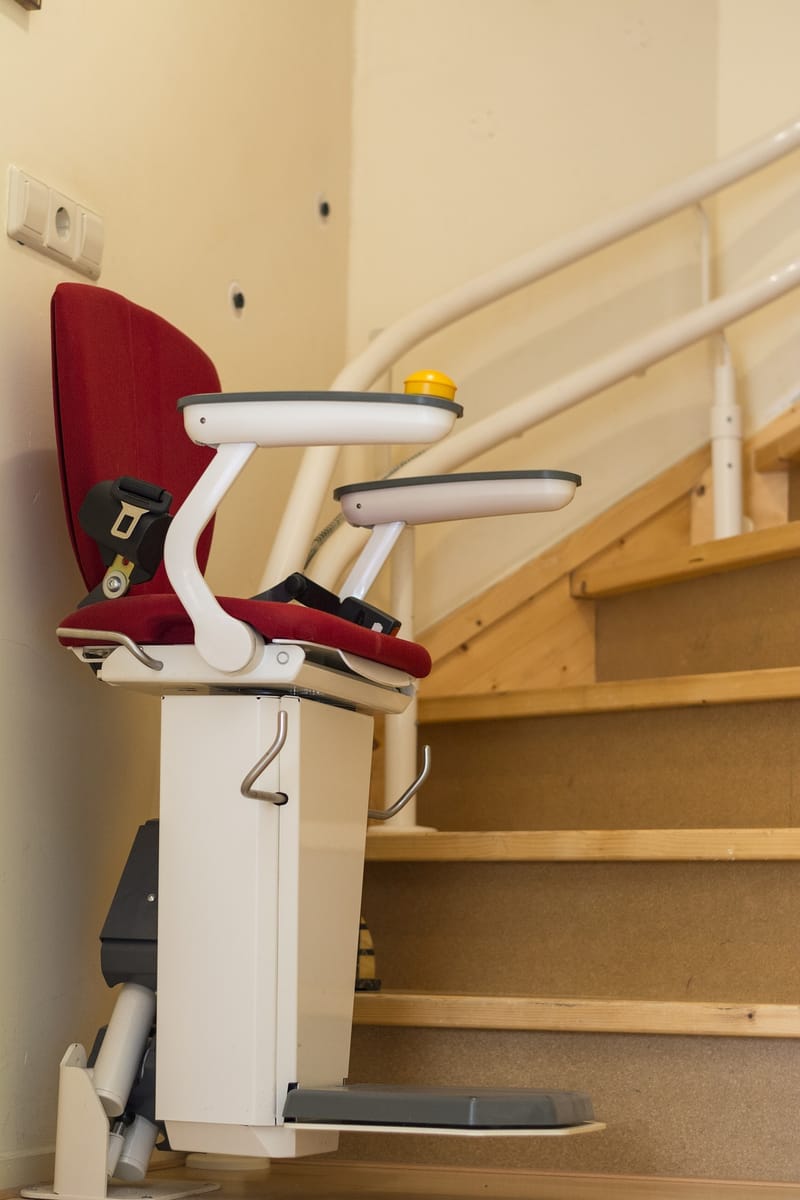Home Renovations as Medical Expenses

Living with a chronic or debilitating health condition is made tougher when you have to make costly changes to your home, just to cope. But there are ways to help offset such home renovations, which are often expensive. For example, if the change lets you better cope or improves the condition of the illness or disease AND is medically prescribed, you may deduct the cost of the equipment and installation as a medical expense. Let’s look at what kinds of equipment are deductible.
Installing Medical Equipment
First, only medical equipment that does not increase the value of your home can be fully deducted. These are fully deductible if medically required:
- Ramps
- Modified doorways and stairways
- Railings and support bars
- Altered cabinets
- Outlets
- Fixtures
- Warning systems
The expense of maintaining and operating medically required equipment installed in the home – such as electricity – may also be deducted.
Not Fully Deductible
Any medical equipment that increases the value of your home is not fully deductible. The deduction is the difference between the medical expense and the increase in the value of your home.
Swimming pools are a notable case. If your doctor prescribes swimming as part of a medical treatment, the cost of construction is partially deductible, amounting to the difference between the construction costs of the pool and amount that it increases your home's value.
But: If you plan on deducting the construction cost of a pool, the IRS will examine whether the pool is used mostly for therapeutic reasons or for recreation. Having specially designed stairs, a hydrotherapy machine, or any other medically required equipment helps prove that the pool is for therapy and not recreation.
Claiming on Your Taxes
To claim qualifying home improvements as a medical deduction on your Tax Office & Associates™™ return, provide qualifying home improvements to be added as Itemized Deductions – Medical Expenses, on the "Other medical and dental expenses" line of your return. Since this is a medical deduction, you'll only be able to deduct the amount that exceeds 7.5% of your adjusted gross income.
For more information, see IRS Publication 502.


